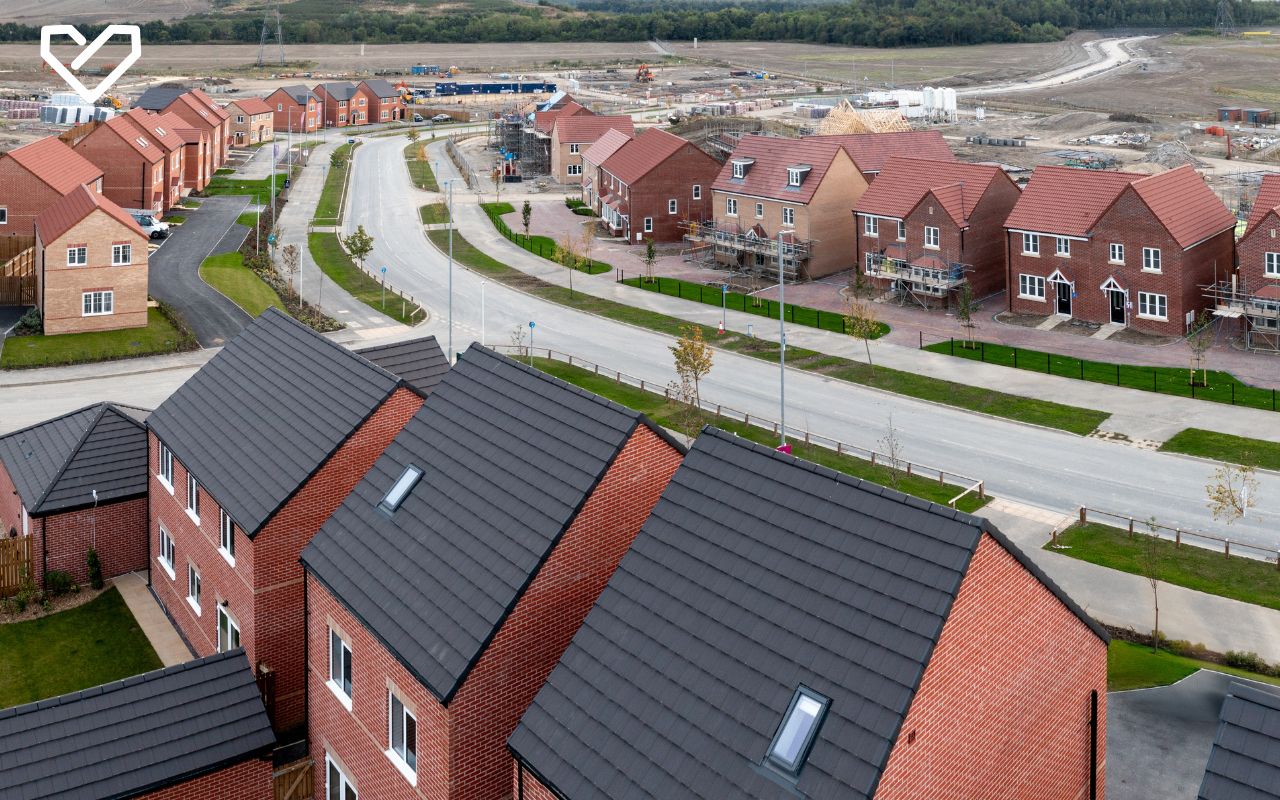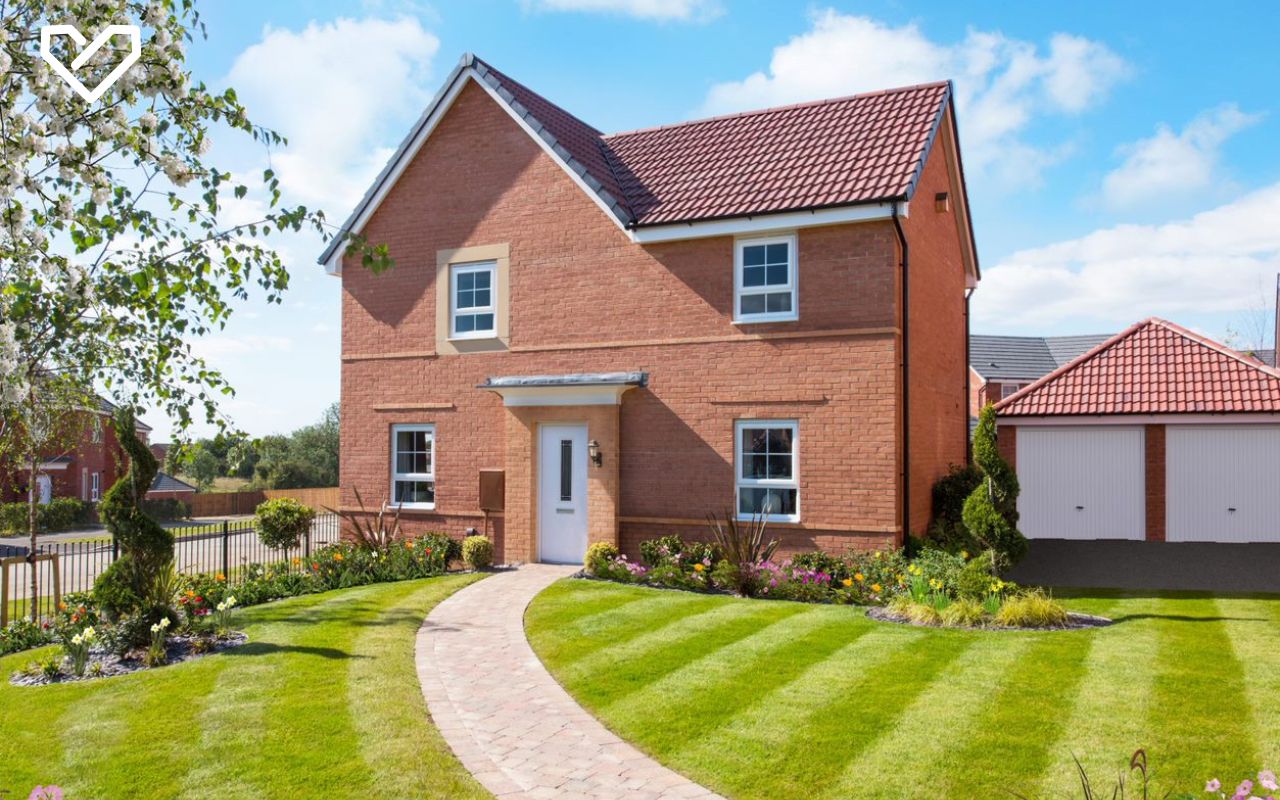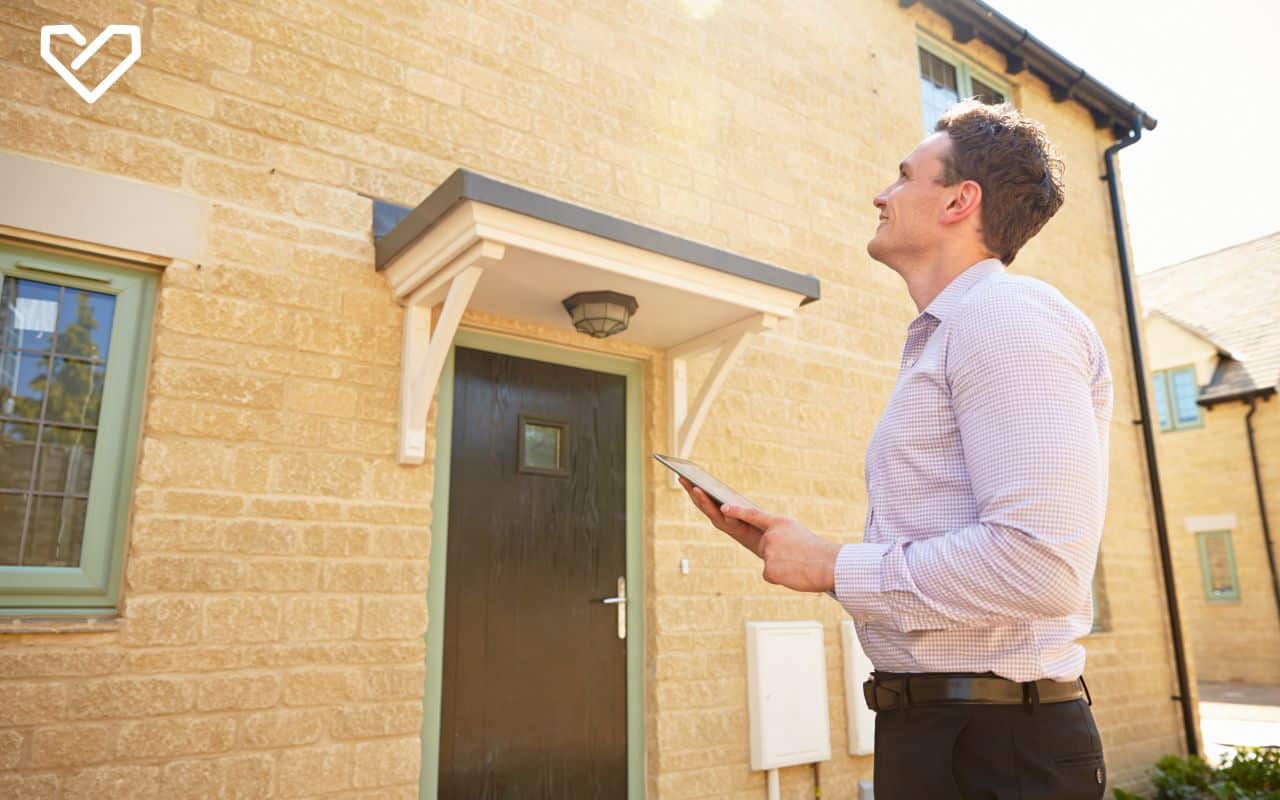| Monday | 10:30 AM – 6:30 PM |
| Tuesday | 10:30 AM – 6:30 PM |
| Wednesday | 10:30 AM – 6:30 PM |
| Thursday | 10:30 AM – 6:30 PM |
| Friday | 10:30 AM – 6:00 PM |
| Saturday | 10:00 AM – 5:30 PM |
| Sunday | 10:00 AM – 5:30 PM |
Buying a newly built home is an exciting step towards having your own house. These homes have modern features and save energy. They usually come with warranties, giving you peace of mind. A new build also means a fresh start and needs less upkeep than an existing property.
This guide will help you understand the buying process. It will explain how to pick a development, sign contracts, and prepare to move in.

This guide is here to help you with all you need to know about buying a new build property. It covers how to research new developments, explains the conveyancing process, and how to prepare for completion. This information will assist you whether you are a first-time buyer or have bought homes before.
You can make smart choices about your property’s purchase price and see its value as an investment.
New build homes are houses that have never been lived in before. They allow buyers to shape the interior to fit their style. These homes are made using modern building techniques.
You can often find new builds in larger development areas. These areas might feature several new houses, townhouses, newly built flats, and even traditional properties.
One important benefit of a new build house is that it is more energy-efficient. New homes follow the newest building rules. This leads to a higher energy performance certificate (EPC) rating, which can help you save on energy bills.
When you buy a new home, you can also expect fewer maintenance issues compared to older properties.
The UK government wants to help people buy newly built properties. They offer financial incentives, such as stamp duty exemptions and equity loan schemes.
These programs are especially great for first-time buyers. A lot of new builds are part of these schemes. This means buyers can spend less money at the start.
You usually need to pay a reservation fee when you buy a new build. This fee secures the property while you await your mortgage offer and handle legal matters. The reservation fee can range from a few hundred to several thousand pounds.
| Feature | New Build Homes | Older Properties |
|---|---|---|
| Ownership | Leasehold (often) | Freehold (often) |
| Energy Efficiency | Higher EPC rating, lower energy bills | May require upgrades to meet modern standards |
| Maintenance | Minimal short-term maintenance | May require costly renovations or repairs |
| Personalisation | Buyers can choose finishes and fixtures | Limited unless extensive renovations are done |
| Warranty | Typically comes with a 10-year NHBC or similar warranty | No warranty, buyers take on full risk |
| Government Incentives | Often eligible for schemes like Deposit Unlock or Shared Ownership | Not usually eligible for new buyer incentives |
A key difference between a new building and an existing property is the ownership type. Older homes are often freehold. This means the buyer owns both the land and the house.
However, many new build flats and some new houses are leasehold. This means owners need to pay ground rent and service charges. It is important to read the terms of the lease before you decide to buy.
New builds use less energy. This means they usually need fewer costly upgrades compared to older homes. These upgrades come about to meet energy rules.
New build homes often have warranties, too. This makes them a good idea for potential buyers who want to feel safe with their investment.
Expert mortgage advice
Before you look at newly built properties, decide how much money you can spend. Consider these points:

Choosing the right place to live is very important. Think about how near it is to schools, hospitals, and shops. Check the transport links nearby. It is also a good idea to speak with the local authority.
They can tell you about any future development plans. These plans might change the property’s value.
Expert mortgage advice
The process of buying a newly built home typically involves selecting a property, securing a mortgage, working with the builder to customise features, signing a contract, and completing inspections. After this, you close the deal and move into your new home once it’s ready.
Getting a mortgage offer or an agreement in principle, helps you know how much money you can borrow. This shows sellers that you are a serious buyer.
Check out different products from mortgage lenders, their interest rates, and repayment terms to get the most suitable deal.
Once you choose a property, you will need to pay a reservation fee. It is important to read the reservation agreement carefully.
Many fees cannot be refunded unless the developer cancels the sale. The asking price for a new build could be negotiable. Discussing this with the estate agent or sales team is a good idea.
A conveyancing solicitor takes care of the legal process
The exchange of contracts is a key part of the buying process. This step makes the purchase officially binding. Your conveyancer will ensure that all the necessary legal steps are completed before reaching this point.
On the agreed completion date, you will pay the remaining money, and the ownership will be yours. Before you move in, it’s important to do a final inspection.
This can help you catch any issues that need fixing. A site manager usually takes care of the final checks before handing you the keys.

When you buy a new build home, it’s important to be aware of common mistakes. This knowledge can help you avoid stress and save money.

Before you move in, arrange a professional snagging survey. This survey will help you find any problems with the property. It ensures that the developer fixes any issues before you start living there.
A snagging list typically includes:
New build properties usually come with a 10-year structural warranty. Companies like the National House Building Council (NHBC) or Premier Guarantee offer this warranty. In the early years, the builder is responsible for fixing any problems. Once that time is up, the warranty provider takes care of serious structural issues.
Expert mortgage advice
Use this checklist to make sure you are fully prepared for your new build purchase:
Buying a new built home can be fun, but you must plan carefully. First, look into different developments. Next, get financing for your purchase. You should also learn about the legal steps you need to take.
Before you move in, make sure to do a snagging survey to look for any problems. Finally, find out about the aftercare services that are offered to you.
For more help, check our FAQ section or speak with our experts. Have fun finding your new home!

Subscribe for more mortgage updates
Do you need expert mortgage advice?